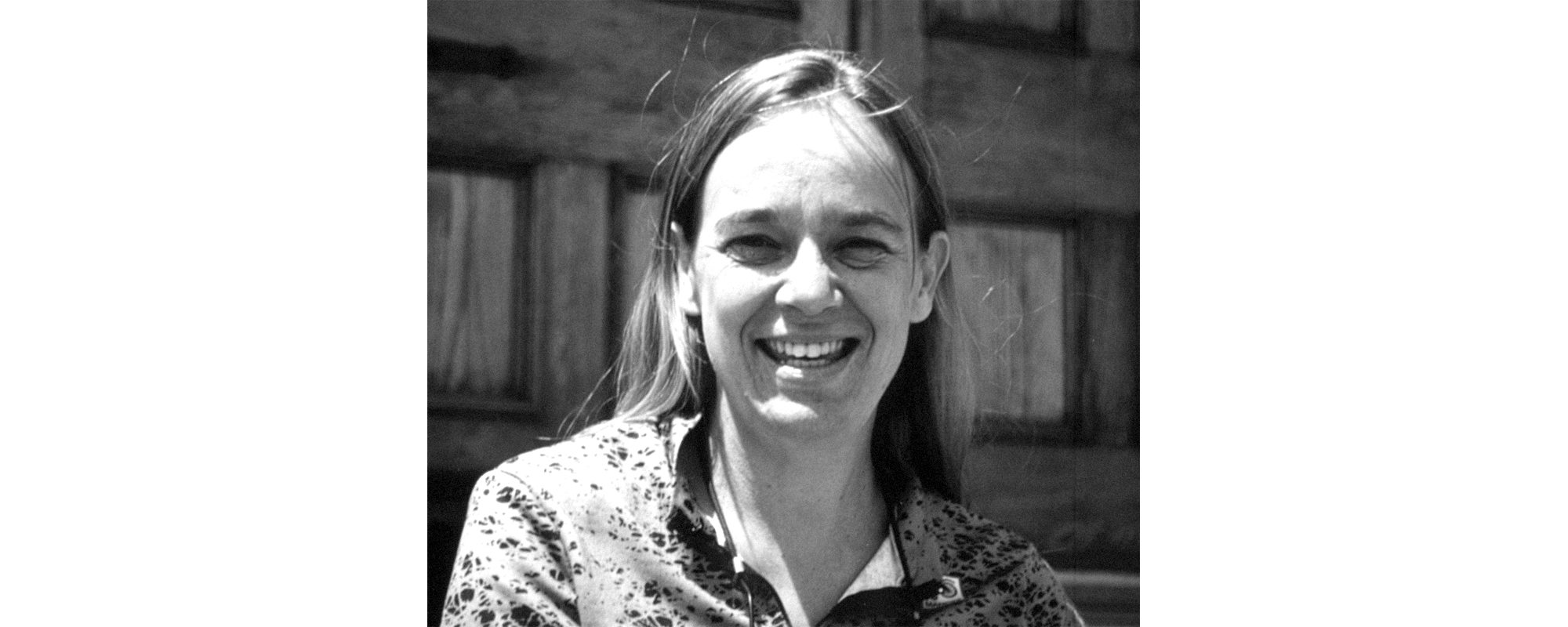 After my arrest in 1983 as one of the urban guerrillas branded by the media as the Squamish Five, I had the chance to personally witness the changes in the prison regime that occurred from the time of my first incarceration – when there was only one federal prison for women in Canada – through 2012, by which time the system had been transformed into a prison industrial complex. These first-hand experiences gave rise to my latest book, Taking the Rap: Women Doing Time for Society’s Crimes.
After my arrest in 1983 as one of the urban guerrillas branded by the media as the Squamish Five, I had the chance to personally witness the changes in the prison regime that occurred from the time of my first incarceration – when there was only one federal prison for women in Canada – through 2012, by which time the system had been transformed into a prison industrial complex. These first-hand experiences gave rise to my latest book, Taking the Rap: Women Doing Time for Society’s Crimes.
When I was arrested, I was remanded to Oakalla, at the time the only B.C. provincial prison for women. Never having been in a prison before, I was surprised that at least a third of the women were Indigenous and often referred to each other as “my sister” or greeted each other with “hey cos.” Being a child of the 1960s, I assumed this was an expression of comradeship, but I was soon to learn that many of these women were actually related.
In 1984, I was sentenced and shipped to the notorious Kingston, Ontario, Prison for Women (P4W) – the only federal prison for women in Canada. I was not just surprised but shocked to discover once again that at least a third of the women inside were Indigenous. This represents a huge percentage, considering that Indigenous people made up only two to three per cent of Canada’s population at the time.
I became very close to some of the Indigenous women in P4W and learned quickly that my Happy Days childhood was not reflective of their reality. I had never experienced collateral damage from colonization. I had never experienced sexual or physical abuse as a child, addiction in the family home, forcible removal from home and relocation with a foster family, or exile to another part of the country or continent through forced adoption. And when some of my Indigenous friends spoke of residential schools, I thought they were just talking about particularly oppressive boarding schools.
Although there were very few Black women in P4W during this time, I remember Dorothy Proctor because we thought she was a little crazy. She often spoke about having been used as a guinea pig for experiments involving LSD and shock treatment when she was a young woman in segregation in P4W back in the ’60s. Even jaded prisoners were skeptical of these allegations but 15 years later I came across an article by Bronwyn Chester in the McGill Reporter. Titled “Report on LSD Raises Hackles,” the piece cited Dorothy by name and lent credence to her allegations.
P4W finally closed in 2000 after 66 years in operation. More than 50 different commissions and inquiries had condemned the physical conditions and lack of programming centred on Indigenous inmates.
Despite being classified as a “terrorist,” I was paroled after serving approximately seven years of a life sentence. However, many Indigenous women I knew who had committed less sensational crimes were not given similar consideration. As of this year, one Indigenous woman I knew in P4W has only recently been paroled and another is still in prison 35 years after her initial arrest. Both have always claimed their innocence. At one point, I would have considered myself “lucky”; now I realize this is white privilege at work.
My parole was suspended in 2012, leaving me waiting to see the parole board in Grand Valley Institution for Women (GVI), one of six relatively new regional federal prisons for women, where I had done time following the closure of P4W. I was placed in the maximum-security unit, which held approximately 33 women in tiny, isolated pods of five to nine women each. I was the only white woman in my pod; two were Indigenous and the other two were Black. This racial distribution is not unusual.
My prison experiences as a privileged white person illuminated how these insidious policies work, despite the fact that most prison guards and parole officers would adamantly deny being racist. I appear to prison staff as a person very much like themselves; I speak the same language with the same accent and understand white values and innuendoes.
There are “criminogenic” factors that classification officers use to determine whether you qualify for parole – factors such as family support, community support, job skills, addictions, children, education, job history, and psychiatric history. If you are Black or Indigenous, the pervasive effects of colonization will more than likely have had an adverse effect on your so-called criminogenic factors.
My stance as a prison abolitionist – a position forwarded in Taking the Rap – is a result of this combination of personal experience and hard research. I hope my voice will help to illuminate institutional injustices and contribute to the eventual eradication of prisons.
Ann Hansen’s book Taking the Rap: Women Doing Time for Society’s Crimes is published by Between the Lines.
 Contact us via email
Contact us via email

